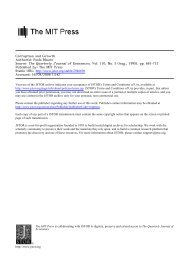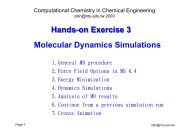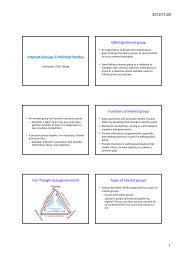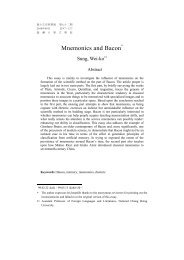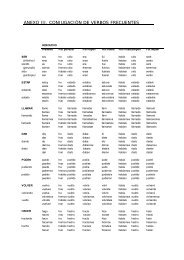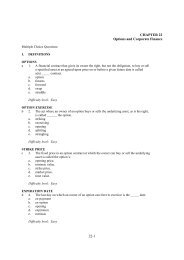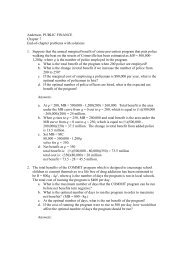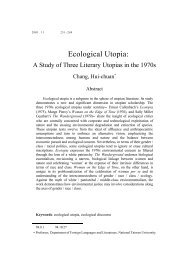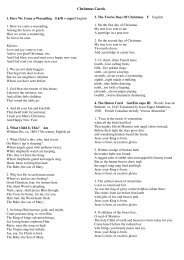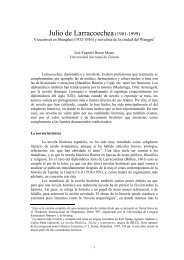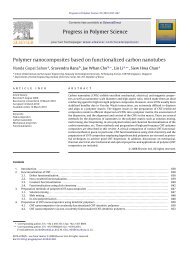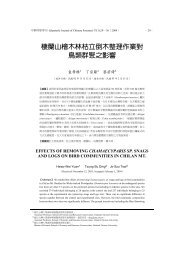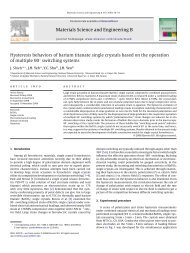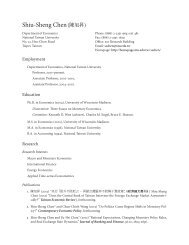Chapter 5 A Closed-Economy One-Period Macroeconomic Model
Chapter 5 A Closed-Economy One-Period Macroeconomic Model
Chapter 5 A Closed-Economy One-Period Macroeconomic Model
You also want an ePaper? Increase the reach of your titles
YUMPU automatically turns print PDFs into web optimized ePapers that Google loves.
50 Williamson <strong>Macroeconomic</strong>s, Third Edition<br />
7. The fact that government spending make firms more productive is similar to adding G to the<br />
production function. There are now two effects to an increase in government expenses: the standard<br />
crowding out of consumption, and now also an efficiency effect on production.<br />
(a) The figure below illustrates a particular situation where the welfare of the household is improved,<br />
as illustrated by a shift to the north-east of the indifference curve. The equilibrium shifts from<br />
A to B as the PPF is lowered by the additional government expenses but is also getting steeper<br />
thanks to the same government expenses.<br />
(b) From previous results, we know that output increases with the increase in government expenses.<br />
This is now reinforced as G increases production efficiency. Regarding consumption and leisure,<br />
without this new effect, we obtained that an increase in G lead to a negative income effect and<br />
thus to decreases in both consumption and leisure. But as the real wage went down, there was<br />
also a substitution effect leading to an additional decrease in consumption and increase in leisure.<br />
The new effect on the production function adds opposite effects: a positive income effect and a<br />
wage increase, thus possibly reversing, or not, anything that was concluded without the impact of<br />
G on production.



